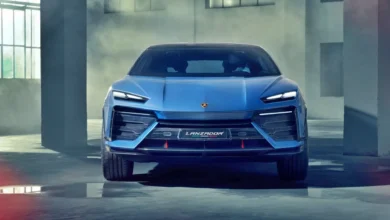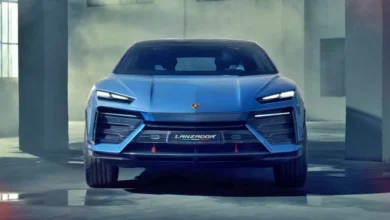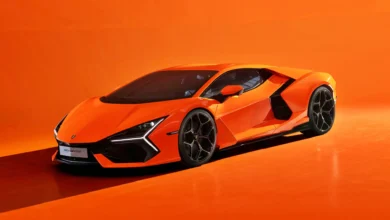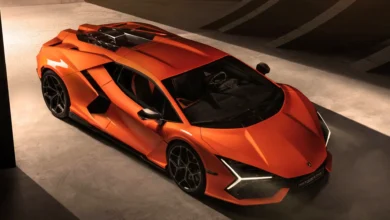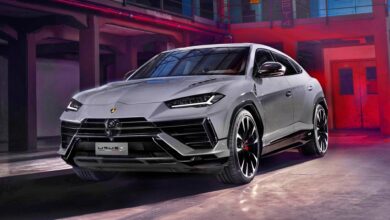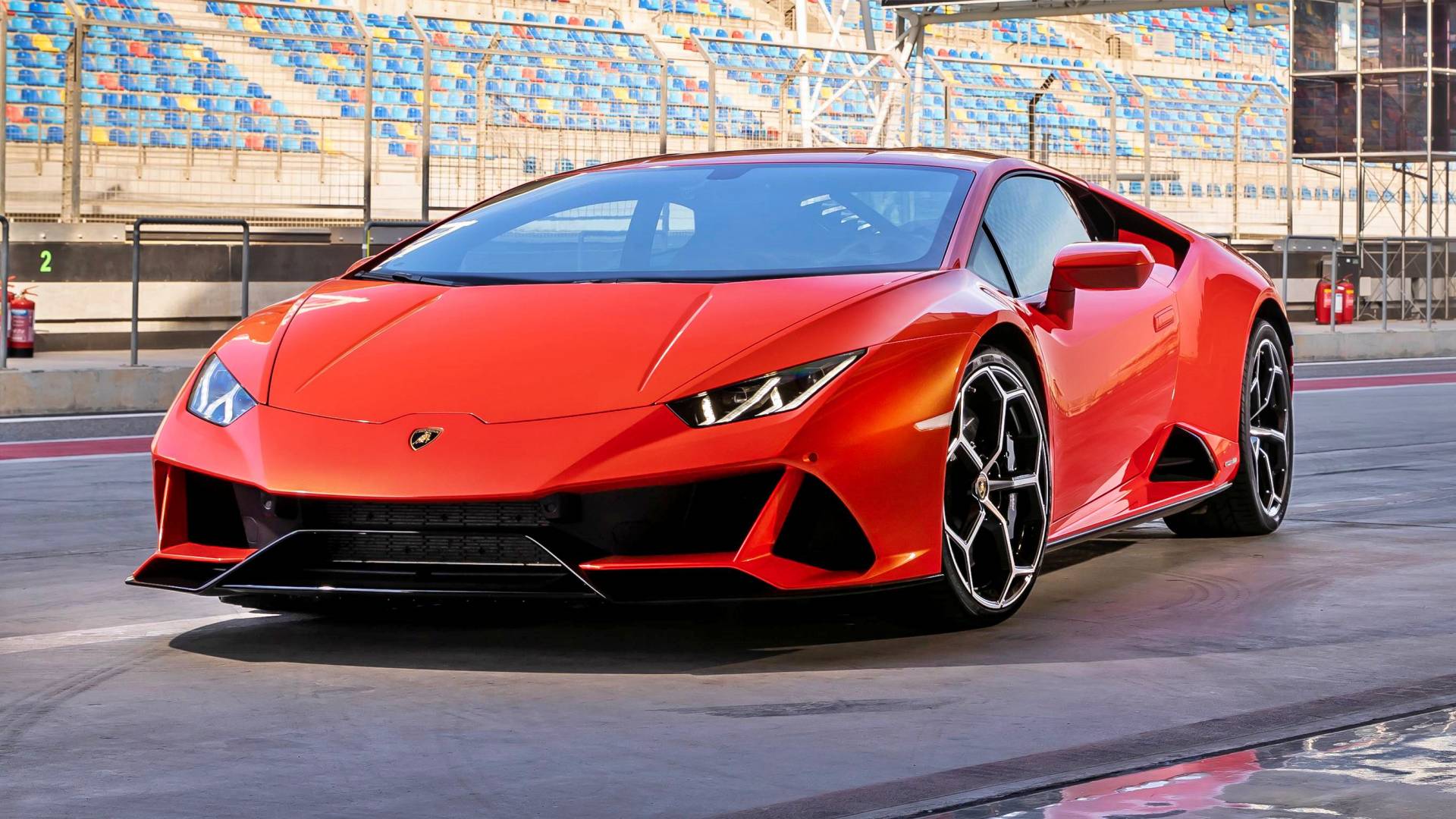
Lamborghini is working on the development of the replacement for the Aventador, a model that has been the flagship of the Italian firm for many years now and that, for its next generation, will maintain the V12 block although it will not be alone since it will adopt a hybrid configuration. It is not a solution that pleases everyone, but at the end of the day, market conditions and regulations force changes like this. At least, since not everything is bad, it will continue to rely on the engine that everyone considers the pinnacle of combustion mechanics, which is no small thing.
However, not everything will be the same, because the Lamborghini Huracan, which has been on the market since 2014, when it took the place of the successful Lamborghini Gallardo, will not suffer the same fate and will see its V10 engine disappear in favor of a smaller one. This is at least what they say from the North American publication Motor Trend, which mentions some details that we could see in the next generation of the Italian model that, as expected, will not be called Huracan. Los de Sant’Agata has never reused a name from one generation to another, except for the special model to commemorate the anniversary of the Lamborghini Countach.
Lamborghini wants its entire catalog to be electrified by 2024 and along with the Aventador replacement, the Urus and Huracán replacement is also expected to adopt a hybrid powertrain. The first is a fact and is official since the brand itself announced it a long time ago, but the other two are mere rumors for which there is still no official confirmation. Regarding the Urus, it is true that mules have been seen circulating on public roads of what will supposedly be the hybrid version, but no data is yet known about the Huracan.
According to Motor Trend, the replacement for the Huracan will mount the same propellant as the hybrid Urus, which will be made up of a V8 gasoline block supercharged by two turbos, assisted by an electric group that is expected to mount a single electric motor sandwiched between the engine. and transmission. This will allow an all-wheel drive system, dispensing with the entire set required in any combustion engine vehicle and helping to reduce weight and front axle management. Of the battery, there is not even speculative data.
If it is said, however, that, in theory, the turbos will only work between 7,000 and 10,000 revolutions, where the red line is located. A peculiar operation to say the least, but that can be understood by the presence of the electric group, which makes the assistance of the turbos dispensable at low revolutions. In this way, the V8 will work as a naturally aspirated engine up to its maximum rev range and closely resembles the configuration that the Ferrari SF90 Stradale has, which could explain why a unit of the Cavallino model was seen in the Lamborghini facilities.

On the other hand, the platform will be an evolution of the current one, something logical, since the Audi R8 will be an electric car and development costs cannot be shared, as has been done to date, both in the case of the Gallardo like the Huracan. The problem with this platform is that it was designed without taking electrification into account, so its adaptation could limit the size of the battery and possibly, the replacement for the Huracán will not be a plug-in hybrid.
